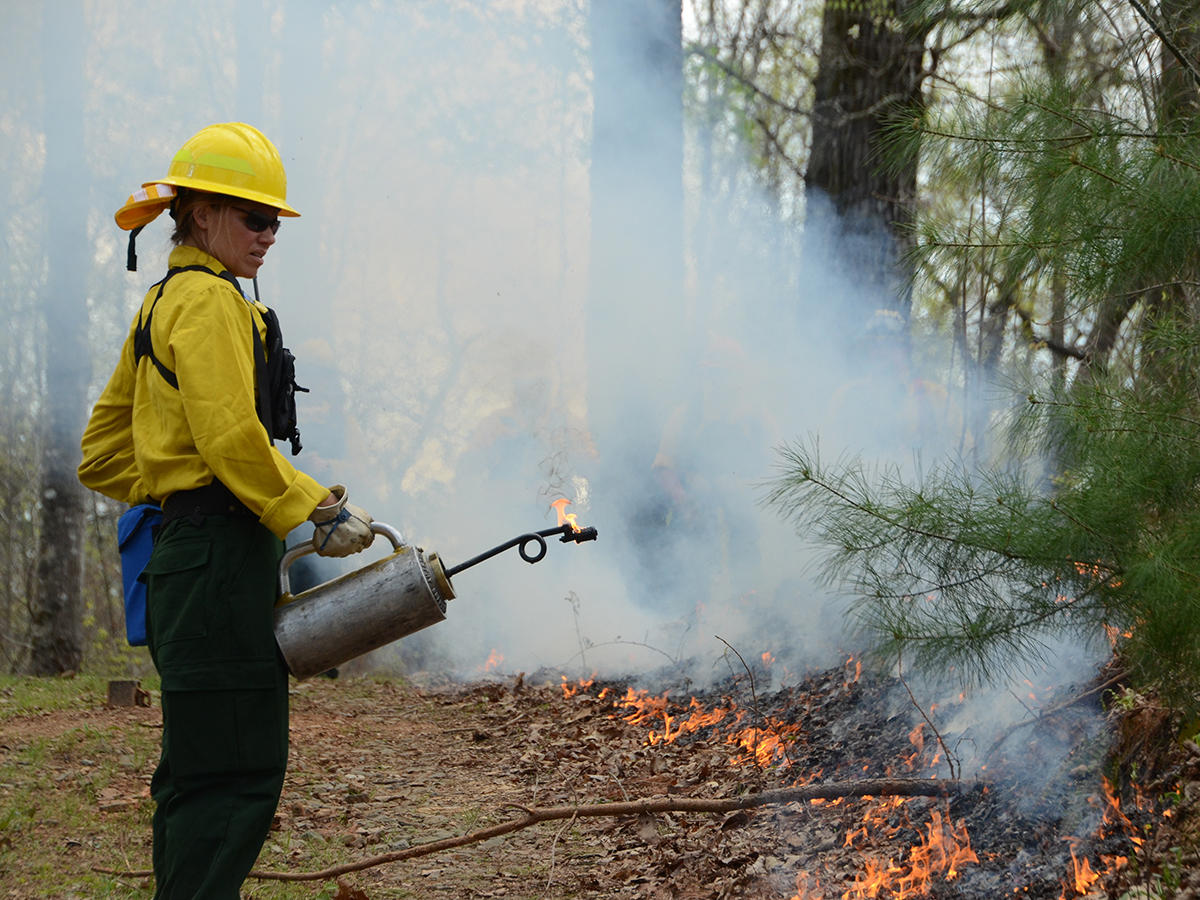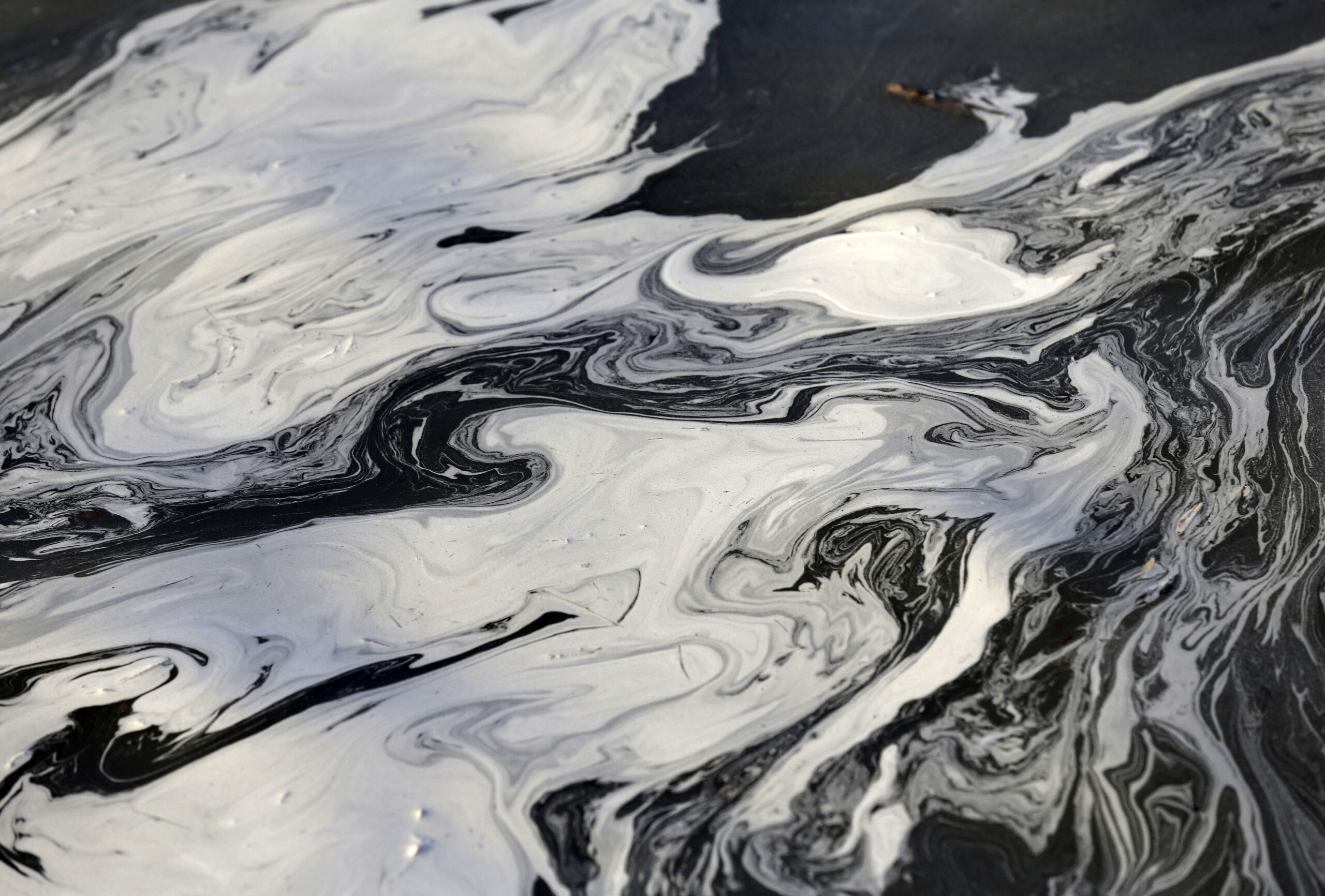Western states can learn from Georgia and other Southern states when it comes to reducing wildfire risks. That’s according to a recent study that looks at the amount of controlled burning in different regions, and found the vast majority of prescribed fire happens in the Southeast.
Prescribed fires can help reduce the risk of wildfires — or, when wildfires do happen, help make them less bad — because prescribed fires will burn up things like leaves, grass, dead branches and shrubs so that when wildfire strikes, there’s less to burn.
They’re also useful for foresters and for wildlife.
“The pine forest need burning,” explains Frank Riley, incoming chair of the Georgia Prescribed Fire Council and director of the Chestatee-Chattahoochee Resource Conservation and Development Council.
Native Americans set fires. And in South Georgia, Riley says, it’s common for people to use fire.
“They did it forever. That’s just a way of life in South Georgia,” Riley says. “It gets rid of the understory; it gets rid of the litter on the floor; it gives the wildlife something to eat.”
According to a study, published in the journal, “Fire,” 70 percent of prescribed fire in the U.S. in terms of acreage is in the Southeast.
Crystal Kolden, associate professor of fire science at the University of Idaho, and author of the paper, says 15 years ago, she was surprised to learn how different the social attitudes were towards prescribed fires in the South.
“It was really interesting to hear the Forest Service fire program managers tell me that they actually had residents in Mississippi calling them up and asking, ‘When are you going to come do to spring prescribed burning around our community, around our property. We want to see that fire out here.’”
That was different, she says, from western attitudes.
In her new research, Kolden found that in the South, prescribed fire acreage has gone up the past 20 years. In other regions, including out West, the amount has not increased, or has even declined.
She says with the backlog of forests that need burning, it could be hard for Western states to catch up. And there are differences in climate, and in the natural environment.
Still, she says, the West could learn from the South in terms of policies and attitudes towards prescribed burns. She says a lot of people in the Southeast, especially in rural areas, are used to them.
“By contrast in the West they are not used to seeing fire anywhere around them except when it’s a wildfire that needs to be put out,” she says.
There are still wildfires here, including disastrous ones. And there is risk with prescribed fires: they generate smoke, and can sometimes escape control. But Kolden says there’s been years of research showing that prescribed fire is a good tool for managing wildfire, and it’s frustrating to her to not see it more widely used.
Riley says he’d like to see more prescribed fire in North Georgia, too, “to get it back to what nature intended,” he says. “Smokey Bear did a good job a long time ago to suppress fires and now we’re trying to get it back.”








